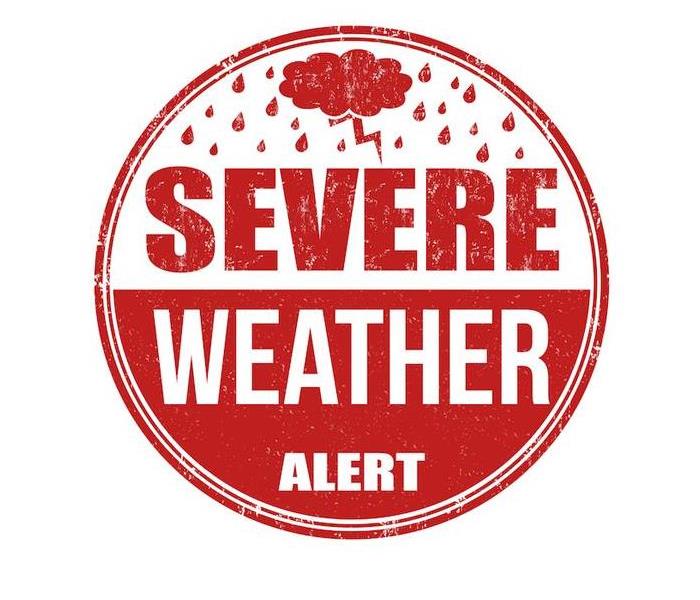Storm Alert Meanings Can Help You Stay Safe | SERVPRO® of Sioux Falls
7/18/2022 (Permalink)
 If your home is damaged in a house fire, SERVPRO of Sioux Falls is here to help. Contact us for any fire restoration need.
If your home is damaged in a house fire, SERVPRO of Sioux Falls is here to help. Contact us for any fire restoration need.
If you find yourself overwhelmed with information after looking outside and seeing scary clouds, you are likely not the only one! There are 42 different kinds of weather alerts broken down into seven different categories. That is a lot of information to take in when you simply want to stay safe.
Understanding what different weather advisories mean allows you to prepare your family and move to safety quickly. You can also take preventive action to prepare your house before the storm in order to minimize damages later.
Having a good idea of how multiple weather systems work is helpful, but understanding the most commonly seen severe weather that happens right here in South Dakota is crucial in protecting your home.
How do we get weather alerts? Forecasts are just predictions, so how is the storm and its severity, duration and location watched? There are actually several pieces of information that help answer those questions.
The National Weather Service is responsible for creating forecasts and issuing any warnings. There are six regional offices and more than 100 forecasting offices in the United States, which means our forecasts are accurate and localized. Our weather is forecast out of the office right here in Sioux Falls.
Meteorologists who work with the NWS use different kinds of data in order to build a forecast, including satellite radar, sensors, seismic and solar activity. The kind of sources used vary according to the event, but the end result is always to produce an accurate forecast.
Even though there are several kinds of alerts, it is crucial to understand the difference between a watch and a warning. This is language that will be used in almost every weather situation, including winter storms, flooding, ice storms and thunderstorms.
When a watch is issued, you should start preparing for weather that might be severe. A warning means that a severe storm is near and you need to take cover. Watches are issued for a large general area, but warnings are issued to often only include a county or city where the storm is located.
It is also essential to understand the weather we most commonly see in our own backyard and the surrounding South Dakota areas, and we all know that means brushing up on cold weather warnings. Our long winters bring extreme snowfall and freezing temperatures, and then flooding as the temperatures warm up and the snow begins to melt.
Stay aware of winter storm warning, watches and advisories, as well as key terms such as freezing rain, sleet and wind chill. And even though our cold weather extends into spring most years, we still have hot summers that bring thunderstorms and the occasional tornado.
Protecting your home starts with understanding weather alerts when they are announced, but there are also a few other steps you can take now to lower your risk for damages later.
Clean your gutters and secure your outdoor furniture to avoid flood damage and wind damage. Build an emergency supply kit and store it in a safe space for your family to ride out a storm in. Prepare an exit plan and practice it regularly for those times that staying put isn’t an option.
After the storm, take a look around your property for any damages. Document the damage and call us at SERVPRO. We have 24⁄7 availability to start your cleanup process quickly and restore your home.
Learn about the different kinds of weather that we will see in South Dakota and protect your families and homes. Stay on top of alerts issued so that you are ready for the next storm.
Experienced storm damage to your home or property? Contact us today for a quick response!






 24/7 Emergency Service
24/7 Emergency Service